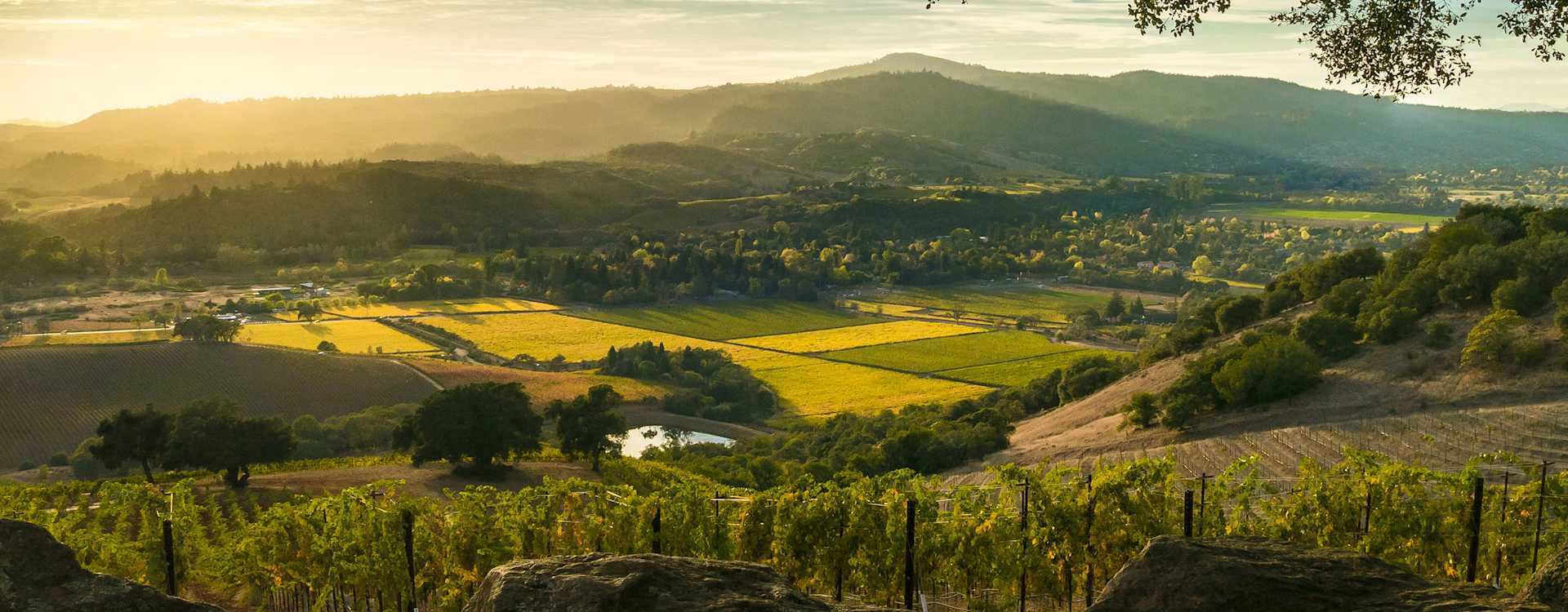Gundlach Bundschu Proprietary Red Vintage Reserve 2010
-
Robert
Parker -
Wine
Enthusiast -
Wine
Spectator


Product Details
Your Rating
Somm Note
Winemaker Notes
Professional Ratings
-
Robert Parker's Wine Advocate
On the other hand, the 2010 Proprietary Red Vintage Reserve is among the finest wines I have tasted from this estate. A blend of Bordeaux varietals (I assume, but the exact grapes and percentages are not revealed), it reveals a rich, dense purple color in addition to lots of creme de cassis and licorice notes in a full-bodied, opulent, tasty format.
94+
-
Wine Enthusiast
Tremendous, with black currant, licorice, dark chocolate and sweet new oak flavors wrapped into deliriously rich, smooth tannins. Ready to drink now, it should develop for at least 10 years.
-
Wine Spectator
Broad and expansive, with expressive flavors of mocha, espresso, dark berry and dried herb. Shows impressive depth and a plush character. Good length. Cabernet Sauvignon, Cabernet Franc, Petit Verdot and Malbec.





Gundlach Bundschu Winery is a family-owned, sixth-generation producer of distinctive wines of site-specific character. The winery's 320-acre Estate Vineyard, christened Rhinefarm in 1858, is located at the crossroads of the Sonoma Valley, Carneros and Napa Valley AVAs, at the base of the Mayacamas Mountain Range.
Gundlach Bundschu approaches its vineyards, wines, business and the world with spirit, creativity and dedication to excellence. When you open a bottle of Gundlach Bundschu, you uncork not only the Estate's unique ability to produce profound wines, but also a rich, personal relationship between the Gundlach Bundschu family and the land on which the family lives.

With hundreds of red grape varieties to choose from, winemakers have the freedom to create a virtually endless assortment of blended red wines. In many European regions, strict laws are in place determining the set of varieties that may be used, but in the New World, experimentation is permitted and encouraged resulting in a wide variety of red wine styles. Blending can be utilized to enhance balance or create complexity, lending different layers of flavors and aromas. For example, a red wine blend variety that creates a fruity and full-bodied wine would do well combined with one that is naturally high in acidity and tannins. Sometimes small amounts of a particular variety are added to boost color or aromatics. Blending can take place before or after fermentation, with the latter, more popular option giving more control to the winemaker over the final qualities of the wine.
How to Serve Red Wine
A common piece of advice is to serve red wine at “room temperature,” but this suggestion is imprecise. After all, room temperature in January is likely to be quite different than in August, even considering the possible effect of central heating and air conditioning systems. The proper temperature to aim for is 55° F to 60° F for lighter-bodied reds and 60° F to 65° F for fuller-bodied wines.
How Long Does Red Wine Last?
Once opened and re-corked, a bottle stored in a cool, dark environment (like your fridge) will stay fresh and nicely drinkable for a day or two. There are products available that can extend that period by a couple of days. As for unopened bottles, optimal storage means keeping them on their sides in a moderately humid environment at about 57° F. Red wines stored in this manner will stay good – and possibly improve – for anywhere from one year to multiple decades. Assessing how long to hold on to a bottle is a complicated science. If you are planning long-term storage of your reds, seek the advice of a wine professional.

Home to a diverse array of smaller AVAs with varied microclimates and soil types, Sonoma County has something for every wine lover. Physically twice as large as Napa Valley, the region only produces about half the amount of wine but boasts both tremendous quality and variety. With its laid-back atmosphere and down-to-earth attitude, the wineries of Sonoma are appreciated by wine tourists for their friendliness and approachability. The entire county intends to become a 100% sustainable winegrowing region by 2019.
Sonoma County wines are produced with carefully selected grape varieties to reflect the best attributes of their sites—Dry Creek Valley’s consistent sunshine is ideal for Zinfandel, while the warm Alexander Valley is responsible for rich, voluptuous red wines like Cabernet Sauvignon. Chardonnay and Pinot Noir are important throughout the county, most notably in the cooler AVAs of Russian River, Sonoma Coast and Carneros. Sauvignon Blanc, Merlot and Syrah have also found a firm footing here.
